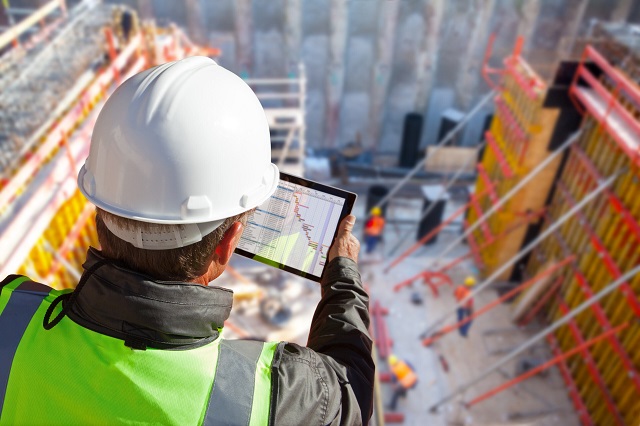



Construction sites are the perfect place to experiment with new technology. As construction sites are constantly changing, there’s always something new going on and it needs to be documented.
With all of the different types of machinery and equipment needed for construction, it can get easier to handle all construction projects if provided with modern technology.
Smart building, augmented reality, and even drones are all making an impact on the industry. In the construction industry, technology is always evolving. Each year, new trends emerge that change the way projects are planned and executed.
Here are five key technology trends expected to dominate the industry in 2022 and beyond.

Augmented reality (AR) is a technology that overlays digital information onto the real world, and it is already being used in the construction industry. AR can be used to overlay instructions onto objects, show 3D models of buildings, and even help with safety.
Many construction companies are already beginning to experiment with augmented reality (AR) technology in the hopes of gaining a competitive edge.
By 2022, it is expected that AR will become a staple in the construction industry as it helps workers overcome many common challenges, such as working in difficult or dangerous positions, inspecting complex structures, and using heavy machinery.

The goal of predictive analysis is to predict behavior based on past data. This prediction assists in future predictions and can provide insights into what will occur.
Predictive analysis uses statistics, forecasting analytics, machine learning, artificial intelligence (AI), performance management, simulation modeling, and trend analysis to perform its functions.
Construction companies that use predictive analytics can understand the problems they face and model alternatives for solutions.
Using predictive analysis, construction companies can generate a range of scenarios that have different outcomes based on the variable changes. This creates a selection of potential future states from which the company can make preparations for its chosen outcome.

A digital twin is a virtual representation of an existing physical entity or system that relies on data to offer valuable information in the form of analytics.
While 3D data has been used in construction for a while, the implementation of digital twins will be pivotal in delivering more efficient and affordable constructions.
Digital twins enable buildings to intelligently adapt to the environment, with windows automation. Digital twins can also help minimize downtime by identifying issues before they happen.
A digital twin of a construction site will be particularly useful for building projects that require significant site traffic, such as stadiums, airports and shopping malls.
These structures often need to allow vehicles in but block them off at certain hours, which would be easier to handle with a digital twin. Digital twins will also help construction teams stay in sync and control the project remotely.
The full potential of digital twins has yet to be unleashed, although it is already being used for 4D planning (5D and 6D are on the way).
By 2022, it is expected that many construction companies will have implemented some form of digital twins to reduce costs and avoid problems before they happen.
5D Building Information Modeling (BIM) is a process of creating a digital representation of a physical building. The use of 5D BIM is expected to continue to grow at a rapid pace, thanks to its cross-disciplinary capabilities that are especially helpful with complex projects.
With 5D BIM, the data used is extremely detailed and provides opportunities for specified analyses.
5D BIM will also help reduce mistakes due to human error and allow for quicker completion of projects. By allowing companies to track the progress of projects in real-time, it becomes easier to identify and address potential problems.
Robotics and automation are already beginning to play a major role in the construction industry, and this is only expected to increase in the coming years.
As construction costs continue to rise in today’s market, companies are looking for new ways to lower their overhead. While some companies are cutting pay and benefits, many are turning towards automation. Robotic bricklaying machines have already hit the market with great reviews from both consumers and critics alike.